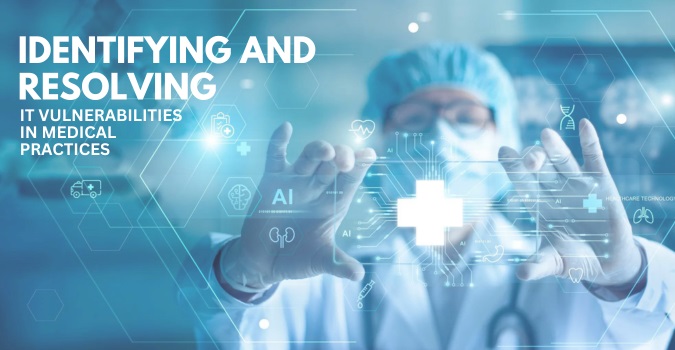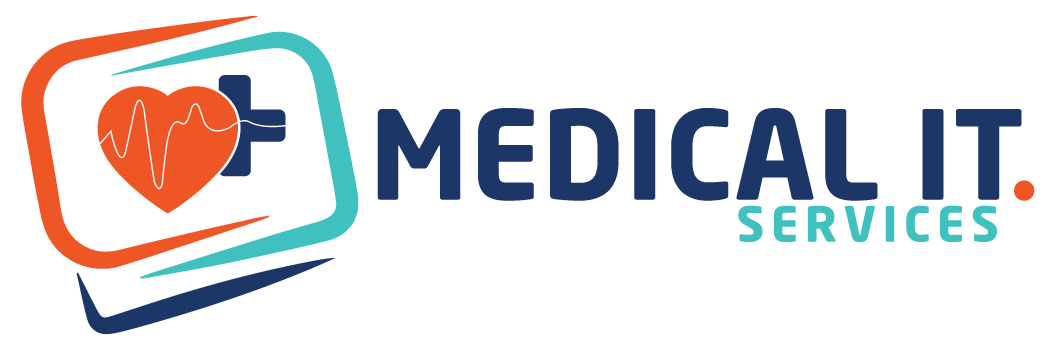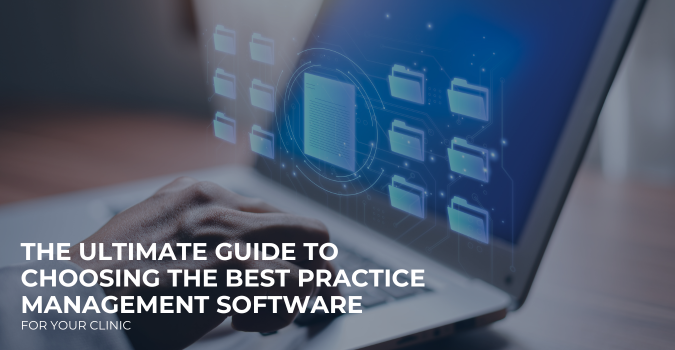In today’s fast-paced digital world, patients expect the same level of convenience and accessibility from…

Identifying and Resolving IT Vulnerabilities in Medical Practices
In today’s digital age, medical practices heavily rely on information technology to manage patient records, schedule appointments, and facilitate communication between healthcare professionals. While IT solutions offer significant benefits, they also introduce potential vulnerabilities that can compromise the security of sensitive patient data. Identifying and resolving these IT vulnerabilities is crucial for maintaining the integrity and confidentiality of healthcare information. This blog post will explore common IT vulnerabilities in medical practices and provide practical solutions to address them.
Understanding IT Vulnerabilities
IT vulnerabilities can arise from various sources, including outdated software and hardware, weak passwords, and inadequate security protocols. These vulnerabilities can be exploited by cybercriminals to gain unauthorised access to sensitive data, disrupt operations, and cause financial losses. It is crucial for medical practices to recognise the risks associated with these vulnerabilities and take steps to mitigate them.
Common IT Vulnerabilities in Medical Practices
Unsecured Networks:
Many medical practices use Wi-Fi networks that are not adequately secured. Unsecured networks can be easily accessed by unauthorised individuals, leading to data breaches and unauthorised access to sensitive information.
Outdated Software:
Using outdated software, including operating systems and applications, is a significant vulnerability. Older software versions often lack the latest security patches, making them more susceptible to cyberattacks.
Weak Passwords:
Weak passwords are a common issue in many organisations, including medical practices. Simple or reused passwords can be easily guessed or cracked, allowing attackers to gain access to critical systems.
Lack of Encryption:
Failing to encrypt sensitive data, both at rest and in transit, exposes it to potential interception and unauthorised access. Encryption is essential for protecting patient information from cyber threats.
Insufficient Access Controls:
Inadequate access controls can lead to unauthorised access to sensitive data. Ensuring that only authorised personnel have access to specific information is critical for maintaining data security.
Phishing Attacks:
Phishing attacks, where attackers deceive individuals into revealing sensitive information, are a common threat. Medical practices are often targeted due to the valuable nature of the data they handle.
Resolving IT Vulnerabilities
Secure Your Network:
Implement strong security measures for your Wi-Fi network, such as WPA3 encryption, and ensure that default passwords on network devices are changed. Regularly monitor your network for any suspicious activity.
Keep Software Up-to-Date:
Regularly update all software and systems to the latest versions. Enable automatic updates where possible to ensure that security patches are applied promptly.
Implement Strong Password Policies:
Enforce the use of strong, unique passwords for all accounts. Utilise password management tools to help staff create and store complex passwords securely.
Encrypt Sensitive Data:
Ensure that all sensitive data is encrypted, both when stored and during transmission. Use robust encryption standards to protect patient information from unauthorised access.
Enhance Access Controls:
Implement role-based access controls to restrict access to sensitive data based on job roles. Regularly review and update access permissions to reflect changes in staff roles and responsibilities.
Educate Staff on Phishing:
Conduct regular training sessions to educate staff on recognizing and avoiding phishing attacks. Encourage a culture of vigilance and prompt reporting of suspicious emails or messages.
The Role of Regular IT Audits
Regular IT audits are essential for identifying and addressing vulnerabilities in medical practices. An IT audit involves a comprehensive review of your IT infrastructure, policies, and procedures to ensure they align with best practices and regulatory requirements. During an audit, potential vulnerabilities can be identified and remedied before they lead to significant issues.
Conclusion
In an era where cyber threats are continually evolving, medical practices must prioritise the identification and resolution of IT vulnerabilities to protect patient data and maintain operational integrity. By implementing robust security measures, keeping software up-to-date, enforcing strong password policies, encrypting sensitive data, enhancing access controls, and educating staff on phishing threats, medical practices can significantly reduce their risk of cyberattacks.
At MedicalIT.Services, we specialise in providing comprehensive IT solutions tailored to the unique needs of medical practices. Our expert team is dedicated to helping you secure your IT infrastructure, ensuring the safety and confidentiality of your patient data. Contact us today to learn more about how we can help protect your practice from IT vulnerabilities.
Also Read:




